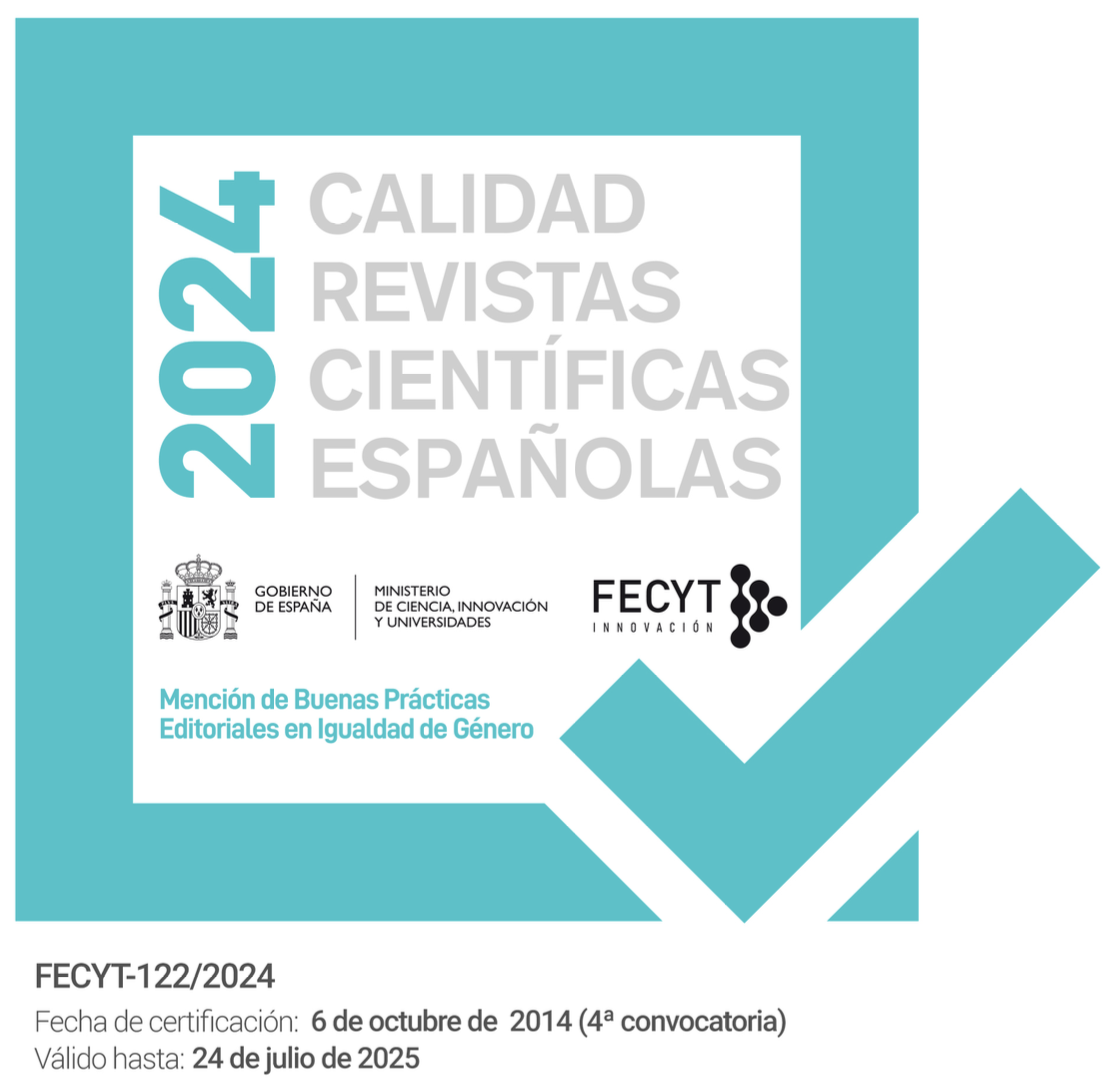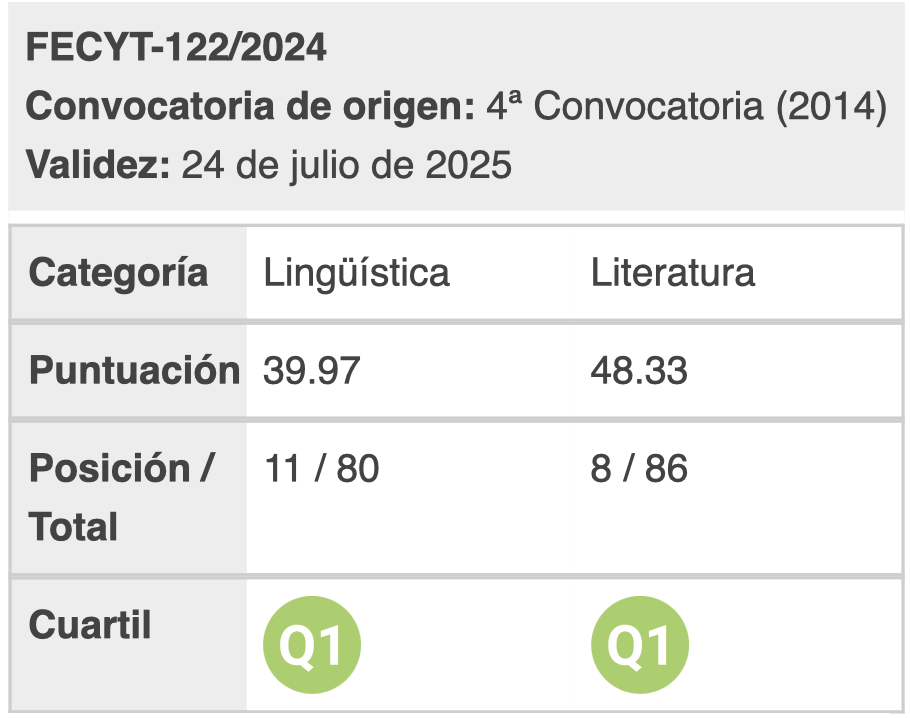The Acquired form of English Negation
DOI:
https://doi.org/10.28914/Atlantis-2024-46.2.01Abstract
Earlier work on the acquisition of negation in English posits two stages of development, a first stage in which functional categories are not available so that negative forms such as can’t and don’t are analyzed as lexical items, and a second stage in which this initial analysis is completely abandoned in favour of a new analysis incorporating the now available functional categories T and Neg. New lexical forms like can are created as instances of T, and not instantiates Neg. The complete abandonment of the Stage I analysis is forced by the bottom–up/raising orientation of the assumed theoretical framework, which derives forms like can’t by raising Neg to T. I propose an analysis of the acquisition of English negation utilizing top–down derivation. On this view, the Stage I analysis is a segue to the later Stage II analysis in which Neg is introduced into derivation as an adjunct to T ([T [Neg]]). Neg may separate from T giving the appearance of an independent head. Aspects of Neg problematic for a bottom–up approach (e.g. failure to observe the Head Movement Constraint) are resolved by the top–down approach.
Downloads
Metrics
References
Adger, David. 2003. Core Syntax. Oxford: Wiley Blackwell.
Agbayani, Brian and Sze-Wing Tang, eds. 1997. WCCFL XV: Proceedings of the 15th West Coast Conference on Formal Linguistics. Stanford, CA: CSLI Publications.
Bellugi, Ursula. 1967. “The Acquisition of the System of Negation in Children’s Speech.” PhD diss., Harvard University.
Bloom, Lois. 1970. Language Development: Form and Function in Emerging Grammars. Cambridge, MA: MIT Press.
Capdevila-Batet, Montserrat and Mireia Llinàs-Grau. 1995. “The Acquisition of Negation in English.” Atlantis 17: 27-44.
Chesi, Cristiano. 2007. “An Introduction to Phase-Based Minimalist Grammars: Why Move is Top-Down from Left-to-Right.” Studies in Linguistics 1: 49-90.
—. 2015. “On Directionality of Phrase Structure Building.” Journal of Psycholinguistic Research 44: 65-89.
Chomsky, Noam. 2013. “Problems of Projection.” Lingua 130: 33-49.
—. 2014. “Problems of Projection: Extensions.” Plenary address, Olomouc Linguistics Colloquium, Palacky University, Olomouc, Czech Republic, video June 5. [Accessed November 10, 2022].
—. 2015. “Problems of Projection: Extensions.” In Di Domenico, Hamann and Matteini 2015, 1-16.
—. 2019a. “Fundamental Issues in Linguistics: Part 1.” MIT video, 1:22 April 10. [Accessed November 10, 2022].
—. 2019b. “Fundamental Issues in Linguistics: Part 2.” MIT video, 1:52 April 12. [Accessed November 10, 2022].
Di Domenico, Elisa, Cornelia Hamann and Simona Matteini, eds. 2015. Structures, Strategies, and Beyond: Studies in Honour of Adriana Belletti. Amsterdam and Philadelphia: John Benjamins.
Ferguson, Charles A. and Dan I. Slobin. 1973. Studies of Child Language Development. New York: Holt, Rinehart and Winston.
Klima, Edward S. and Ursula Bellugi. 1966. “Syntactic Regularities in the Speech of Children.” In Ferguson and Slobin 1973, 333-55.
Menyuk, Paula. 1969. Sentences Children Use. Cambridge, MA: MIT Press.
Newman, Elise. 2018. “In (Do-)Support of Phrasal Auxiliary Movement.” Online handout, MIT. [Accessed November 10, 2022].
Phillips, Colin. 1996. “Order and Structure.” PhD diss., Massachusetts Institute of Technology.
—. 1997. “Merge Right: An Approach to Constituency Conflicts.” In Agbayani et al. 1997, 381-95.
Radford, Andrew. 1990. Syntactic Theory and the Acquisition of English Syntax: The Nature of Early Child Grammars of English. Oxford: Basil Blackwell.
Sobin, Nicholas. 2020. “Directing Syntactic Traffic.” Syntax 23: 241-74.
— and Regina Zavala. 2021. “The VOS Puzzle.” Borealis 10: 131-44.
Sproat, Richard. 1985. “Welsh Syntax and VSO Structure.” Natural Language and Linguistic Theory 3: 173-216.
Thornton, Rosalind and Graciela Tesan. 2013. “Sentential Negation in Early Child English.” Journal of Linguistics 49: 367-411.
Travis, Lisa. 1984. “Parameters and Effects of Word Order Variation.” PhD diss., Massachusetts Institute of Technology.
Zeijlstra, Hedzer Hugo. 2004. “Sentential Negation and Negative Concord.” PhD diss., University of Amsterdam.
Zwicky, Arnold M. and Geoffrey K. Pullum. 1983. Cliticization vs. Inflection: English n’t. Language 59: 502-513.








